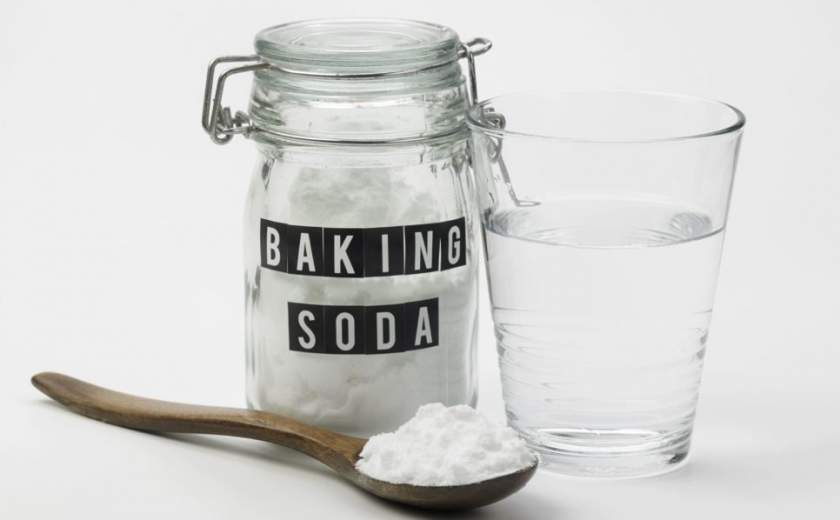
Are your teeth starting to lose its bright white shine in exchange for pale yellow? You don't notice it at first because it happens gradually and overtime as you age.
What causes your teeth to turn yellow
Some foods that you consume can stain your teeth and cause it to take on a pale yellow colour. Foods and beverages, such as coffee, tea, dark sodas, and fruit juices can stain teeth the same as smoking and using tobacco products.
Teeth discolouration also happens when white and transparent enamel has eroded thereby revealing the dentin - a hard, light yellow, porous layer of tissue directly underneath the enamel. Acidic foods and beverages - such as citrus fruits, juices, or carbonated drinks like soda - can erode tooth enamel and lead to exposed dentin.
You can whiten your teeth with some of the remedies listed below:
Good Foods
Some foods are healthy for your teeth. Calcium-rich foods, such as milk, cheese, and broccoli, may help protect your teeth from enamel erosion. Cheese helps keep your teeth strong with minerals, such as calcium and phosphorus, and protein that protects tooth enamel. Apples have a high concentration of malic acid, which is used in some toothpastes. Malic acid increases saliva, which cleans your teeth and helps remove stains.

Baking Soda
Baking soda has natural whitening properties, which is why it is a popular ingredient in commercial toothpaste.
According to research, toothpaste containing baking soda are more effective and safe for removing tooth stains and whitening teeth.
You can make a paste of baking soda and water or hydrogen peroxide and brush your teeth with it. Be careful not to use it daily as this may be too abrasive and erode your enamel.
Activated Charcoal
Activated charcoal is processed by thorough heating of charcoal at a high temperature. This process takes off initially absorbed molecules and frees up binding sites. Activated charcoal is also available in powder form. This is said to serve as a treatment for poisoning and overdosing.
You can use activated charcoal to remove stains from your teeth. It's believed that charcoal can remove pigments and stains from your teeth because it's highly absorbent. It's said to also get rid of bacteria and toxins in the mouth. Some teeth whitening products are made up of activated charcoal. These products have various benefits such as antifungal, antibacterial and antiviral. These benefits prevent teeth discolouration, gum inflammation.
You can also mix activated charcoal with a small amount of water to make a mouthwash. Swish this solution for 2 minutes and then spit it out.
Oil Pulling
Oil pulling is an alternative medical practice in which an edible oil is swished around the mouth for a period of time and then spit out, similar to mouthwash.
To try this method, rinse the mouth with oil for a minute after brushing, then spit it out. Oils suitable for oil pulling include coconut oil, sunflower oil and sesame oil.
However, there is no evidence to support the claims made for the benefits of oil pulling.
Hydrogen Peroxide
Hydrogen peroxide teeth whitening cleans the stains that discolour the tooth from the inside out, as opposed to toothpastes that use high cleaning silica, which only removes surface stains on the outer layer of the teeth.
You can also try a hydrogen peroxide mouth rinse by swirling a solution made of ½ of water and ½ 3% hydrogen peroxide.
Hydrogen peroxide may increase tooth sensitivity, so it is not suitable for long-term use or for people who already have sensitive teeth.
Quit Smoking
One of the effects of smoking is the staining of your teeth. The main cause of dental staining for smokers is nicotine and tar. The nicotine and tar from smoking seep into the tooth's enamel through tiny pores, leaving the teeth discoloured.
Maintain Proper Oral Hygiene
Proper oral hygiene prevents gum decay and removes stains. Brush your teeth at least twice a day. When brushing, place your toothbrush at a 45-degree angle against the gums. Move the brush back and forth gently in short (tooth-wide) strokes. Brush the outer tooth surfaces, the inner tooth surfaces, and the chewing surfaces of the teeth. Also, brush your tongue to remove bacteria and freshen your breath.
Use a fluoride toothpaste. Fluoride can fight and even reverse tooth decay.
Floss to remove plaque between the teeth.
For added protection, make use of a mouth rinse. Antimicrobial mouth rinses reduce bacteria and plaque activity.
















Comments